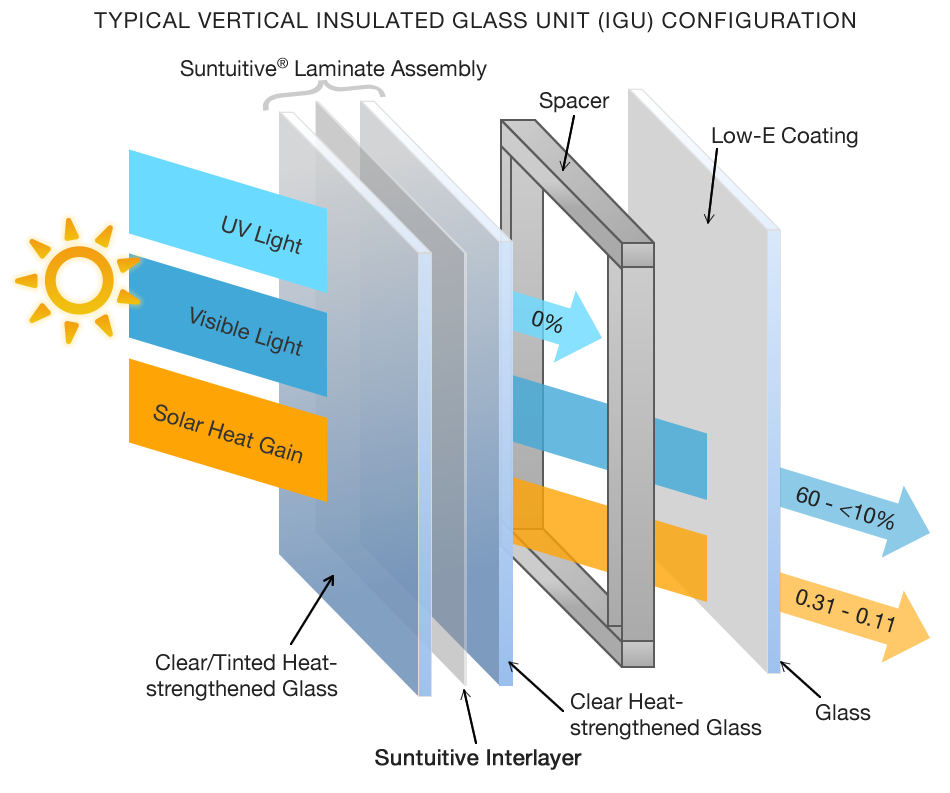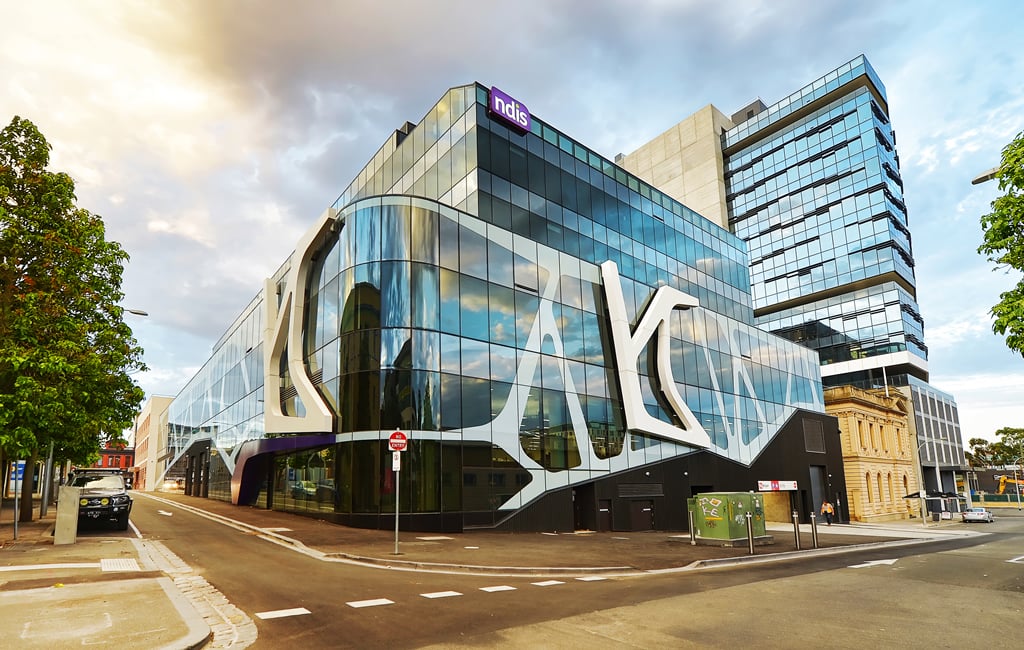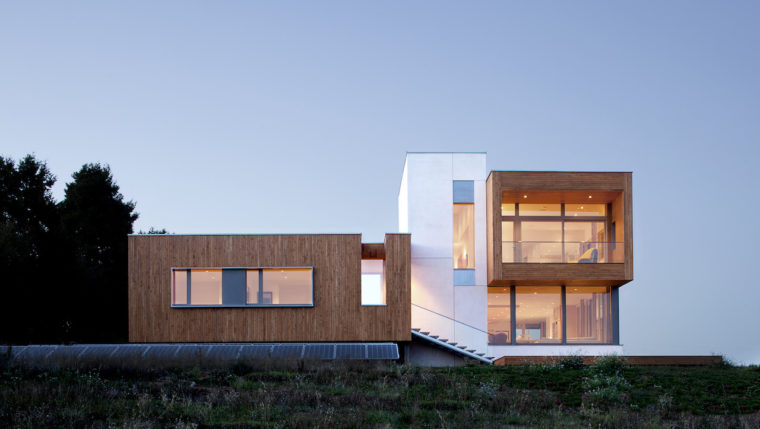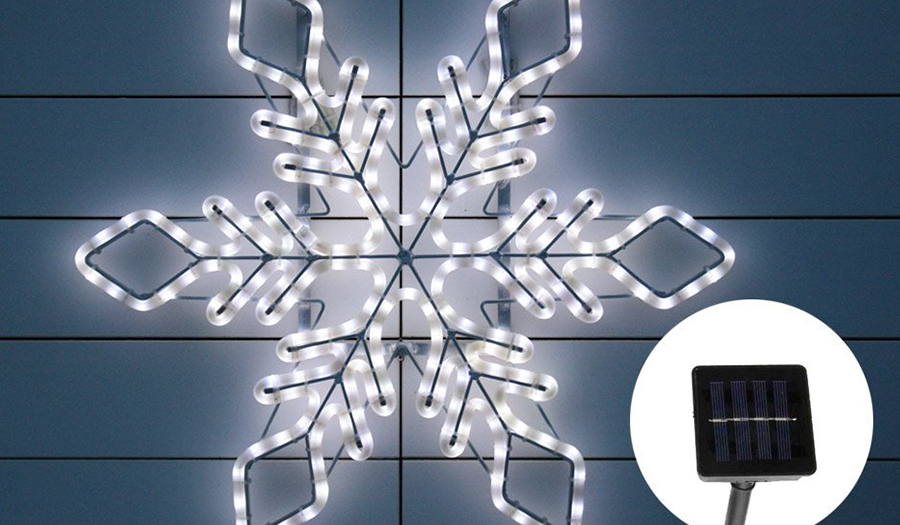Pre-Suntuitive Era
If you are on a shoestring budget, having single glazed windows is the cheapest option in the market, but considering other factors such as insulation and noise reduction may not point to choosing single glazing in the end. As single glazing is significantly thin, it can leave you with a cold home even in Spring. Nowadays, single glazing is considered a thing of the past.
On the other hand, double glazed windows provide extra security as opposed to single glazed windows as, simply put, it has an additional layer. Noise is also kept at bay due to the thickness of the panes. This can be good when a structure is close to main roads, but the extra layer also means extra insulation and could cause the space to be damp.
Modern problems caused by single glazing and double glazing only require modern solutions and that is the Suntuitive technology.
What is Suntuitive?
Residential and commercial buildings are now able to reduce their carbon footprint and maintain sufficient thermal heating levels through Suntuitive technology. This occurs from a combination of dynamic glass and polyvinyl butyl which darkens from direct sunlight. This provides a natural passive thermal heating system and can provide up to 43% saving on electricity costs which also helps reduce carbon footprint allowing natural sunlight to heat a building rather than coal-based electricity. The thermal heating will continue to operate regardless of the external temperature, so in cold climates with sunshine, the windows will function and provide the optimum room temperature in a residential or commercial setting.
The Power of Reduction
 How Suntuitive Works
How Suntuitive Works
Two things that make Suntuitive Technology stand out are noise and heat reduction. For the upcoming summer, Suntuitive’s capacity to self-tint makes it easy for people to enjoy the sun without having too much sunlight.
The additional layers of glazing reduce noise pollution levels, which makes Suntuitive good value for money. Also, the dynamic glass enables your home or building to optimise daylight and heat gain, thus less heat and glare when facing direct sunlight. Think of photochromic transition lenses worn for better vision in broad daylight, but for your home or building.
Suntuitive’s Versatility
While the article talks more about Suntuitive in a residential space, it is also appropriate for Green Star projects such as schools, offices, and health facilities mainly because of easy access to natural light and that it is proven to produce lower energy bills.
 NDIS Geelong, Australia (Photo: The Carlton Project Geelong)
NDIS Geelong, Australia (Photo: The Carlton Project Geelong)
Some of building infrastructures that use Suntuitive technology include Micron Headquarters in Singapore, Singapore, CN Tower in Toronto, Canada, and National Disability Insurance Scheme (NDIS) Australia in Geelong, Australia. In an article by Architecture & Design about NDIS Australia’s Suntuive glass façade manufactured by Glassworks Australia, it was pointed out that two of the four benefits include the energy saving benefits and natural lighting benefits.
The Australian specialists for Suntuitive products at Certified Energy ESD (Environmental Sustainability Design) can provide you the best solutions in optimising your windows and meeting sustainability standards. Contact our consultants today at 1300 443 674.






